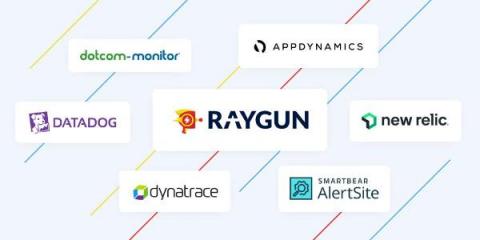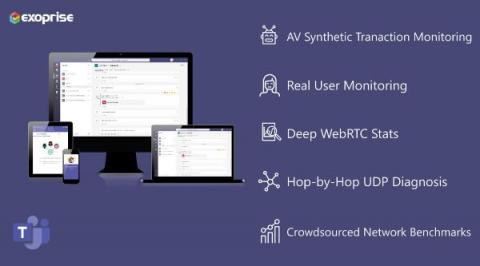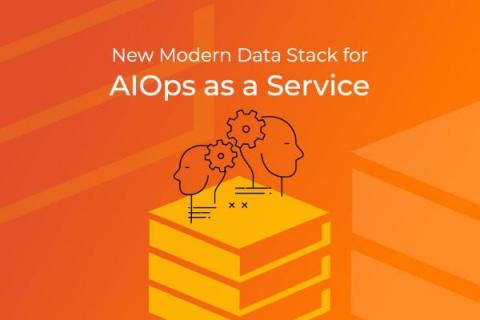Operations | Monitoring | ITSM | DevOps | Cloud
Featured Posts
The top 12 APM tools for 2022
Performance Benchmarking as Part of your CI/CD Pipeline
Continuous Integration and Continuous Delivery (CI/CD) is perhaps best represented by the infinity symbol. It is something that is constantly ongoing, new integrations are rolled out while not interrupting the flow of information that is already running, as to stop systems in order to update them can be costly and inefficient. In order to ensure that you can successfully implement the latest builds into your system, it is important to know how well they will run alongside the components that are already installed and where there may be bottlenecks.
Five Reasons to Make the Shift to Service Monitoring with AIOps
Improvements in the performance and accessibility of technology have changed our expectations for how applications should work and, by extension, the way we work. For example, three years ago only 6% of workers were remote. According to the 2021 Upwork "Future Workforce Report," that number is now 22%, and remote workers are expected to reach 28% of the workforce by 2025. As more and more people are let loose from their office tethers, they bring with them a belief that their organization's services and applications should work as they did before. What's more, expectations extend from the workplace to the marketplace.
How to Choose a Microsoft Teams Monitoring Solution
When end-users constantly complain about bad network quality or poor audio video conference experience, you know it's time to shop for a Team's monitoring tool. And your Teams monitoring solution needs to be proactive, provide insight into hybrid work environments, and support real-time diagnosis of network issues for your end-users no matter where they work from. Business leaders rely more than ever on technology teams to deliver a successful company ROI. But problems with complex Teams deployment and unsatisfied workers can lead to increased costs and lower productivity.
New Modern Data Stack for AIOps as a Service
Classifying Severity Levels for Your Organization
Major outages are bound to occur in even the most well-maintained infrastructure and systems. Being able to quickly classify the severity level also allows your on-call team to respond more effectively. Imagine a scenario where your on-call team is getting critical alerts every 15 minutes, user complaints are piling up on social media, and since your platform is inoperative revenue losses are mounting every minute. How do you go about getting your application back on track? This is where understanding incident severity and priority can be invaluable. In this blog we look at severity levels and how they can improve your incident response process.









